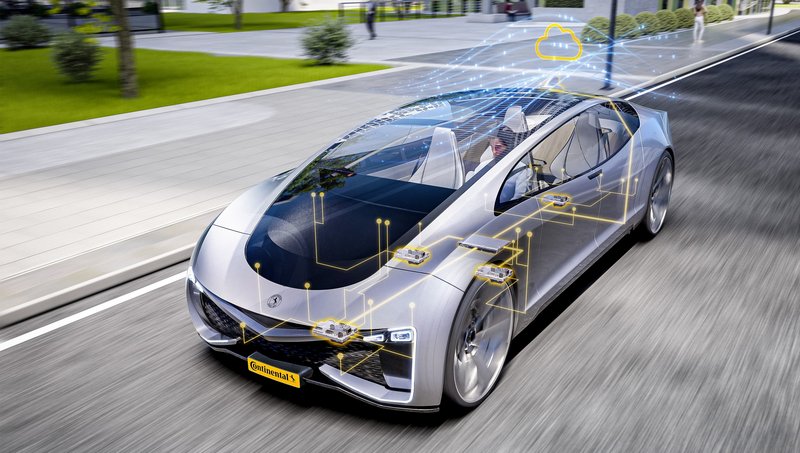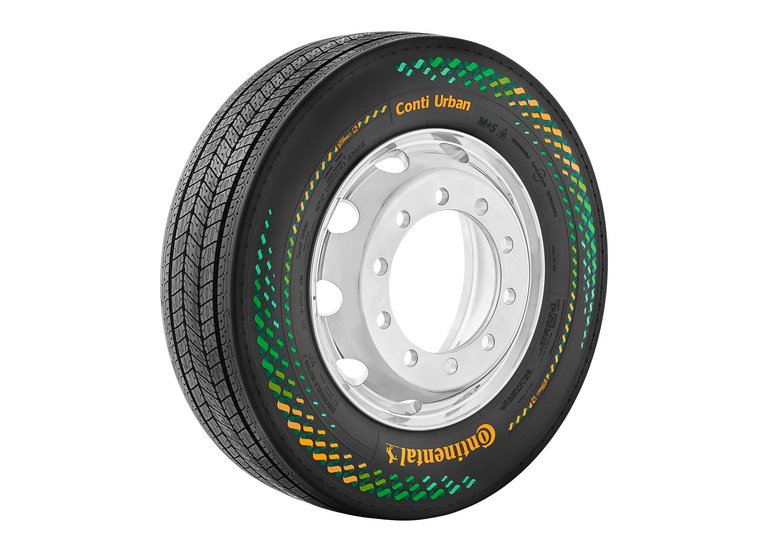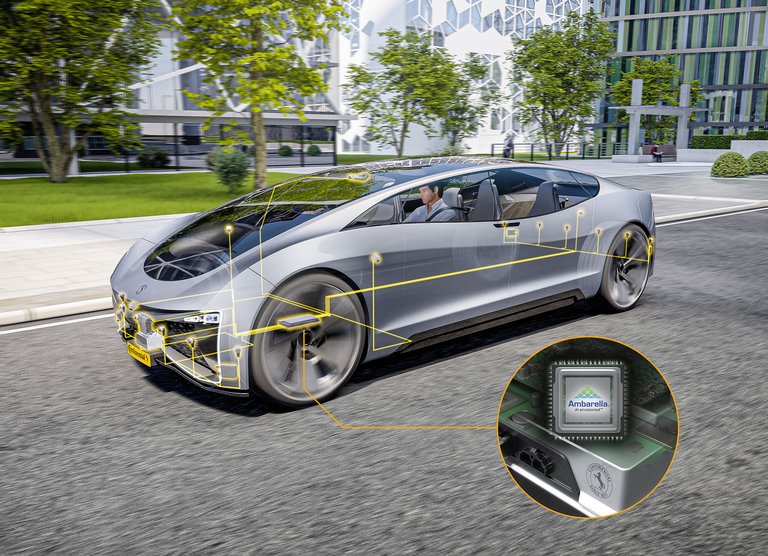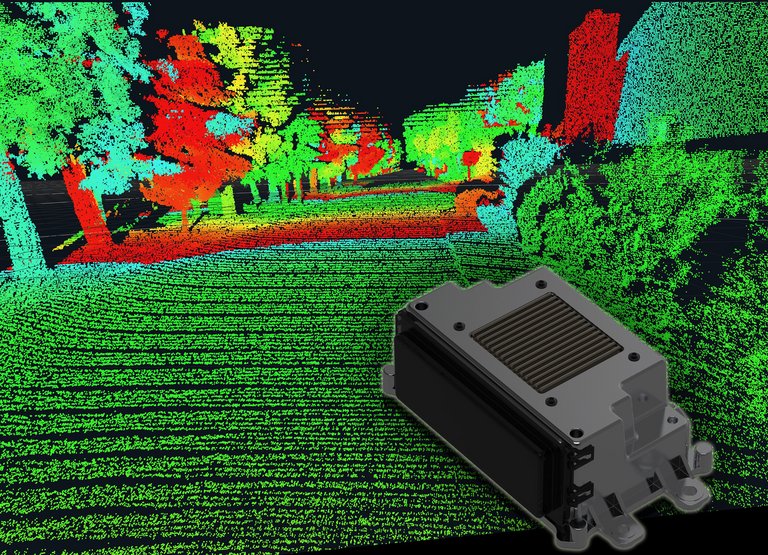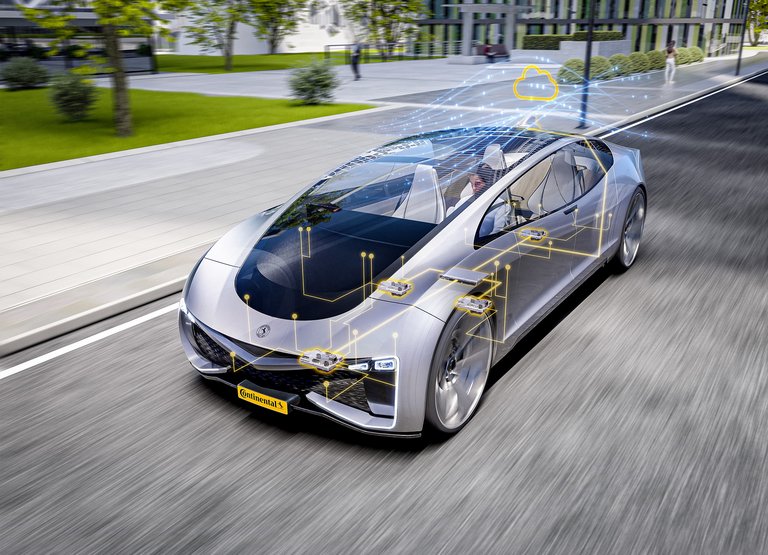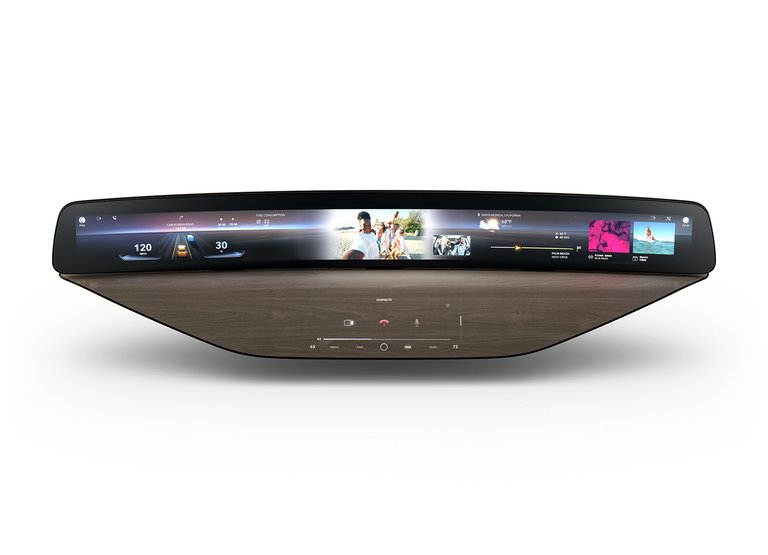Continental Brings the Future of Mobility to CES 2023
- Continental to showcase innovations from the concrete to the cloud
- Solutions for User Experience, Automated driving and the Software-defined Vehicle: Continental makes driving safer, cleaner, and more comfortable
Frankfurt, Germany, December 15, 2022. Technology company Continental is inviting customers, media and the investor community to experience the future of mobility through its latest cutting-edge technologies. At CES 2023, January 5-8 in Las Vegas, Continental will display innovations that are evolving vehicles for future mobility needs – making our roadways safer, user experience more immersive and driving more sustainable. The company will demonstrate how product solutions are improving the entire mobility spectrum, including the way vehicles function and how people engage with them.
“We are ushering in a new era of mobility,” said Gilles Mabire, Chief Technology Officer, Continental Automotive. “At CES, we’ll demonstrate how it is impacting the vehicle at every level, from the concrete to the cloud. These innovations will disrupt the entire mobility experience, not just for drivers, but for all forms of transportation, including vulnerable road users. At CES, we are offering a glimpse at how the future on the road will be safer, more sustainable, and more efficient.”
Sustainable solutions along the entire value chain
Continental drives innovative technologies and sustainable solutions along its entire value chain, from material sourcing to recycling. At CES 2023, the company will highlight two sustainable solutions originating from its tire business: the ContiTread EcoPlus Green and Conti Urban. Both commercial vehicle tires demonstrate the leading edge of Continental when it comes to sustainability. Continental will also showcase modules and sensors specifically designed for electromobility to support new, more efficient electric vehicles, road safety and a greener planet.
Autonomous and Smart Solutions – connecting to the cloud
Continental is integrating the "CV3" SoC family with artificial intelligence (AI) from semiconductor company Ambarella into its Advanced Driver Assistance Systems (ADAS). The aim is to offer the market scalable solutions that meet their individual requirements for assisted driving. The integration, announced in November, will be presented for the first time in Las Vegas.
The high-performance, power efficient and scalable SoC portfolio from Ambarella processes acquired sensor data faster and more comprehensively at about half the regular power consumption. This enables a broader environmental perception for safer mobility. With less power consumption and a lighter weight of the battery, the chipset can also contribute to an increased range of electric vehicles. It complements Continental’s solutions for assisted driving and further advances vehicle automation.
Continental’s HRL131 High-Performance LiDAR unlocks autonomous driving features. The HRL131 was developed with partner AEye. It is the automotive industry’s first software-defined long-range LiDAR - designed to see farther and react to objects sooner than previously possible. Vehicles can be detected at a distance of over 300 meters and pedestrians at a distance of over 200 meters. This way, the technology enables key features for passenger and commercial applications. Its ability to detect small obstacles, such as bricks, at high speeds from far distances in adverse weather is critical for advancing high-speed, highway autopilot and hub-to-hub autonomous trucking. Testing and validation of the production intent samples will occur in 2023. First series production is planned for end of 2024.
In addition to becoming more automated, vehicle technology is increasingly more connected. Connected vehicles make driving safer and more convenient. To support such new functions, cars are becoming computers on wheels. Software-defined vehicles and connected mobility require more intelligence and more computing power, but current vehicle architectures were reaching their limits. Continental‘s High-Performance Computer (HPC), first introduced with Volkswagen’s ID. electric series, expanded capabilities to move to a service-oriented, centralized vehicle system architecture. At CES 2023, Continental will show how Server-Zone Architectures take this evolution to another level. Vehicle architectures are further optimized as Zone Control Units (ZCUs) consolidate vehicle functions in physical zones.
Continental’s x-Domain Zone Control Units are key for the software-defined vehicle
ZCUs help realize the full potential of the software-defined vehicle as more complex software functions are continually introduced. By supporting the increasing separation of software and hardware, ZCUs reduce vehicle network complexity as well as cost. This separation is necessary for continuous updates, improvements, and function deployment services in connected vehicles.Here, ZCUs take over the role of a communication gateway.
They act as intermediaries between high-performance computers, vehicle sensors, actuators, and electronic control units. Additionally, they provide smart power distribution and ensure the reliable execution of x-Domain real-time vehicle functions, such as audio, external sound, parking, HVAC or suspension. Continental’s ZCU platform is scalable and modular to allow vehicle manufacturers maximum flexibility for the design of their vehicle architectures. Complete integration is available for hardware, software and 3rd party software, services, and functions. With this approach, Continental enables vehicle manufacturers to introduce solutions quicker and in a more cost-efficient way.
Software for the mobility of tomorrow
Future software will unlock all new opportunities for vehicles. To ensure vehicles can expand with software, Continental offers the Continental Automotive Edge Framework (CAEdge). It is a modular hardware and software framework that connects a vehicle to the cloud and provides developers with the possibility to create, test and deploy software functions in a highly efficient way. This allows connected vehicles to evolve over the entire life cycle with quick and convenient software updates. Drivers can integrate functions that will be invented in the future and add to the capabilities of their vehicle. To enable this, vehicle manufacturers can also choose from a full range of software-solutions from Continental’s functions catalog, such as Window Lifter, Software-Defined Radio, Motion or Maneuvering Packages for Automated Driving or Remote Parking, and many more.
Immersive Driver Experience
Innovations are all about improving the driving experience. Continental is not only focused on making driving safer, but also more intuitive and immersive for drivers. As User Experience is becoming a key factor for car buyers, Continental’s display technology will show how the interior of the vehicle is becoming the “new horsepower”. With the Curved Ultrawide Display Continental will showcase a curved display spanning across the entire width of the cockpit at CES 2023. “Ultrawide” means a width of more than 1.2 meters (nearly 4 feet), which arches from one A-pillar to the other. The avant-garde display design creates a new dimension of user experience while the innovative operating concept based on a shy control panel ensures greater safety and comfort.
Continental at CES 2023
Continental will hold a news conference during CES Media Days at Mandalay Bay, Level 2, Room A, on Jan. 4 at 3 p.m. Additionally, the technology company will showcase its latest innovations in a private exhibit at the Renaissance Hotel. More information can be found here: Continental at the CES 2023 - Continental AG.

Sebastian Fillenberg
Head of External Communications
Continental Automotive
